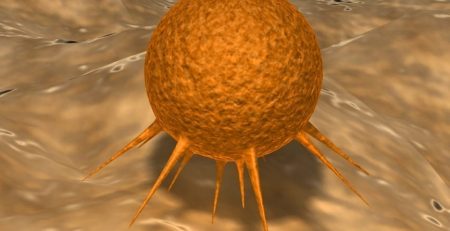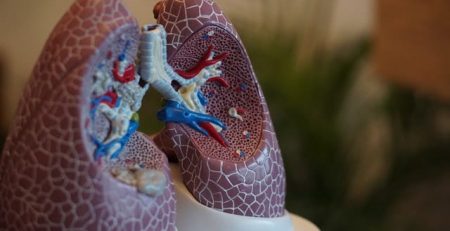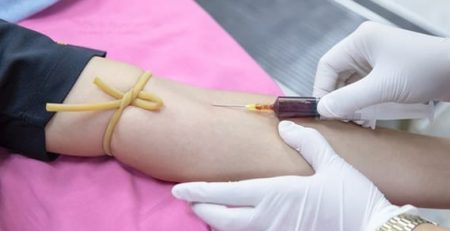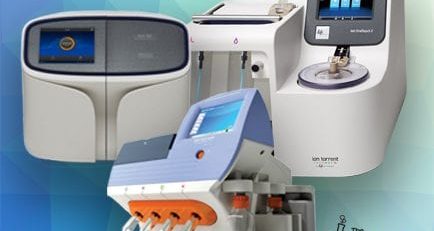New Approach to Spectroscopy
Spectroscopy using the infrared spectrum can be an important but limited method of analytical technique. If your sample is water based for example, the technique won’t work as infrared is absorbed by water. You could use near-infrared light with water but near-infrared isn’t as sensitive as other wavelengths. Researchers at the University of Houston have reported a new approach to boot near-infrared’s potential. The published their findings in the journal Nano Letters.
“From a scientific point of view, it’s quite a novel discovery to excite plasmonic resonance at near-infrared and make it work for us,” said Wei-Chuan Shih, associate professor of electrical and computer engineering at UH and lead author of the study.
“To overcome these barriers, we have developed a novel technique to simultaneously obtain chemical and refractive index sensing in 1-2.5 μm NIR (near infrared) wavelength range on nanoporous gold (NPG) disks, which feature high-density plasmonic hot-spots of localized electric field enhancement,” the researchers wrote. “For the first time, surface-enhanced near-infrared absorption (SENIRA) spectroscopy has been demonstrated for high sensitivity chemical detection.”
Researchers are busy thinking of all the new ways this technique could be deployed, but in a more immediate sense, it could help with testing of samples in down well drilling. This would allow drillers to know quickly what’s below the ground or seabed, using a smaller sample and simplifying the process.














